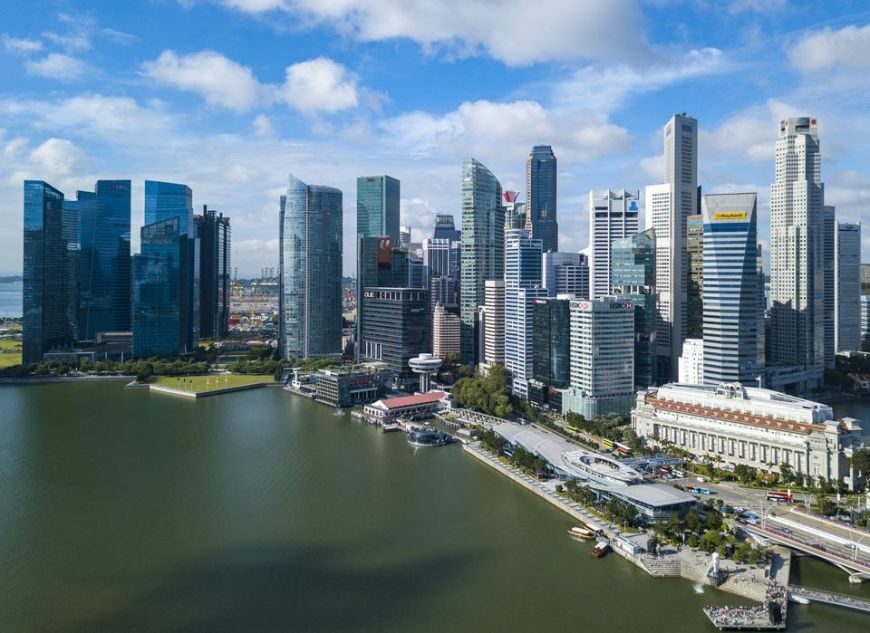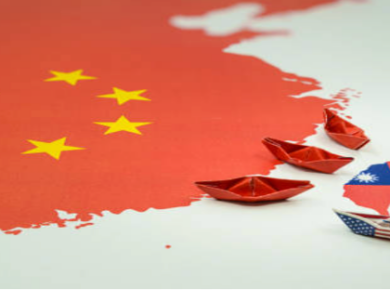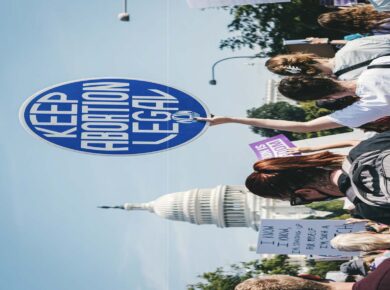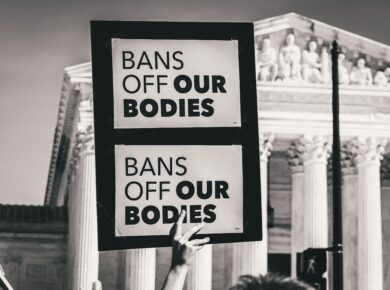 Source: Trip Savvy
Source: Trip Savvy
Disclaimer: This blog post solely reflects the opinion of the authors and should not be taken to represent the general views of IPPR’s management team or those of fellow authors.
One degree north of the equator, my island-nation is draped in an eternal summer, with gentle breezes and cool monsoon. This is where I was born – in a small island-state called Singapore. Many have regarded us as an utopia for multiculturalism. Ordering coffee requires 3 languages: “uncle, one Kopi O kosong with ice please!” (Kopi O = Chinese dialect meaning coffee with no milk, kosong = Malay meaning ‘nothing’ i.e. no sugar). However, beneath this utopia, Singaporeans have long harboured the awareness of race and race relations remain delicate.
Debunking the Myth of Malay “Laziness”
Growing up, we would say “eh, let’s go Lepak” (Lepak = Malay for loafing around; to laze). This “lepak” or lazy attitude is an entrenched stereotype associated with the Malay community in Singapore. Instinctively, we blame the government for allowing these stereotypes to persist. But in fact, this “lazy” stereotype is built on historical legacies and racist colonialism. Sociologist Charles Hirschman notes how under the feudalistic system, the Malays saw no incentive to go beyond subsistence labour:
“It is no advantage to a [Malay] to cultivate a goodly piece of land, and raise crops that were not for his own eating, to grow fruits that were absorbed by the Sultan or chief and their numerous followings; or to become the possessor of buffaloes that might be seized any day to draw the properties of his lord” (Hirschman, 1986, p. 345).
Under the Sultans, they were described as carefree. However, under colonial masters, Malay laziness became a permanent “mental furniture in the colonial mind” Hirschman, 1986, p. 346). With the influx of migrant labour from China and India, the colonial masters saw little need for Malay labour, thus sowing the seeds for racial tensions. While non-Malays laboured under cruel working conditions that featured high mortality rates, cycles of debt and coercion, the Malay community saw no sense in being “hardworking” if that meant giving up their quality of life for oppressive working conditions (Hirschman, 1986). This perceived avoidance of manual labour slowly morphed into the stereotype of “laziness”.
Sadly, this racial fault lines were brought to the forefront of Singapore society in 1980, when the government shifted away from ethnic neutrality toward a perceived promoting of “Chinese-ness” (Mutalib, 2011, p. 1169). The Ministry of Education launched the Special Assistance Plan (SAP) school scheme in 1980 (ibid.) whose aim was to “promote the learning of Chinese language and culture” (Tan, 2019). This was housed under the government’s Speak Mandarin Campaign in 1979 (Mutalib, 2011). Where was the Speak Malay Campaign or the Speak Tamil Campaign? One can only wonder.
But surely this is political incompetence – why would Singapore’s government pursue such a racially contentious line? I would suggest that this was because of complex Cold-War politics in the 1980s. Singapore pursued a policy of strategic non-alignment during the Cold War (Wei, 2017), straddling two opposing superpowers at the same time – USA and China. With the rise of Deng Xiao Ping, founding prime minister Lee Kuan Yew saw an opportunity for a more strategic arrangement with Deng’s China. This is seen in Deng’s state visit to Singapore in 1978 where he praised Singapore’s economic model (Enright, 2019). The closeness of these events: Deng’s visit in 1978, the Speak Mandarin Campaign in 1979 and SAP school scheme in 1980, suggests that the government had more profound strategic considerations in mind that justified the move toward “Chinese-ness”. Nonetheless, “Malay protest against such schemes that disadvantaged their own children were ignored” (Mutalib, 2011, p. 1169).
Singapore’s Multicultural Model: A Policy Perspective
Thus far we observe that racism is entangled in a complex web of historical legacy and colonial racism. Nonetheless, it is still the government’s responsibility to dismantle racism. So how does Singapore manage ethnic relations?
Upon gaining independence, the ruling People’s Action Party (PAP) sought to “invent nativity” (Ang & Stratton, 2018, p. S71). The PAP categorized Singapore into 4 broad ethnic groups – Chinese, Malay, Indian and Other (the CMIO model) (Leong, 2011). This allowed the people to anchor their ethnic identity into a binary system. With housing policy, racial limits were set in each public housing flat to prevent the formation of a racial residential enclave (Siddique, 1990). This also countered colonial segregation by ensuring that all races could co-exist and interact with one another (Leong, 2011). Compulsory bilingual education, meant that English and a child’s ethnic “mother tongue” was taught to inculcate the cultural heritage of their race (Ang & Stratton, 2018).
However, Singapore is still not a post-racial society. The Institute of Policy Studies (IPS) recent working paper reveals that “minorities were less likely to feel they have high levels of harmony compared to the majority Chinese” (Singapore. Institute of Policy Studies, 2019, p. 16) and that close to half surveyed felt that the “ideal proportion of immigrants in Singapore would be 11–30%” (ibid., p. 113).
Despite years of efforts to dismantle racist tropes, the fault lines on race are still present. Perhaps race-based affiliations are primordial, beyond the reach of any government policy. The rankness of racism is beyond mere governance, but combined with personal agency, we just might restore Singapore’s multicultural image. Then perhaps, we can be one step closer to being “colour blind”.
Ethan Ho
First year BSc Politics and International Relations student
Bibliography
Ang, I., & Stratton, J. (2018). ‘The Singapore Way of Multiculturalism: Western Concepts/Asian Cultures’. Sojourn: Journal of Social Issues in Southeast Asia, 33 (S), p. S61-S86.
Enright, K. (2019). A Historical Perspective on Singapore-China Relations: 1965-1975. Available at: https://spj.hkspublications.org/2019/10/25/a-historical-perspective-on-singapore-china-relations-1965-1975/?fbclid=IwAR03xcEngCj-UsHpfkmDjGcws35DmY-I9Uc2oGf0_TLYXFxyDZohmTm22uE. (Accessed 9 November, 2019).
Hirschman, C. (1986). ‘The Making of Race in Colonial Malaya: Political Economy and Racial Ideology’. Sociological Forum, 1 (2), pp. 330-361.
Leong, K. C. (2011). ‘Visualizing Multi-Racialism in Singapore: Graphic Design as a Tool for Ideology and Policy in Nation Building’. Design Issues, 27 (1), pp. 63-69.
Siddique, S. (1990). ‘The Phenomenology of Ethnicity: A Singapore Case-Study’. Sojourn: Journal of Social Issues in Southeast Asia, 5 (1), pp. 35-62.
Mutalib, H. (2011). ‘The Singapore Minority Dilemma’. Asian Survey, 51 (6), pp. 1156-1171.
Singapore. Institute of Policy Studies. (2019). FAULTLINES IN SINGAPORE: PUBLIC OPINION ON THEIR REALITIES, MANAGEMENT AND CONSEQUENCES. Available at: https://lkyspp.nus.edu.sg/docs/default-source/ips/working-paper-37_faultlines-in-singapore_public-opinion-on-their-realities-management-and-consequences_final.pdf. (Accessed: 9 November, 2019).
Tan, S. H. (2019). Special Assistance Plan schools remain relevant: Ong Ye Kung. Available at: https://www.channelnewsasia.com/news/singapore/special-assistance-plan-schools-relevant-ong-ye-kung-11282680. (Accessed 8 November, 2019).
Wei, D. B. C. (2017). US-Singapore Relations, 1965-1975: Strategic Non-alignment in the Cold War. Singapore: NUS Press.






